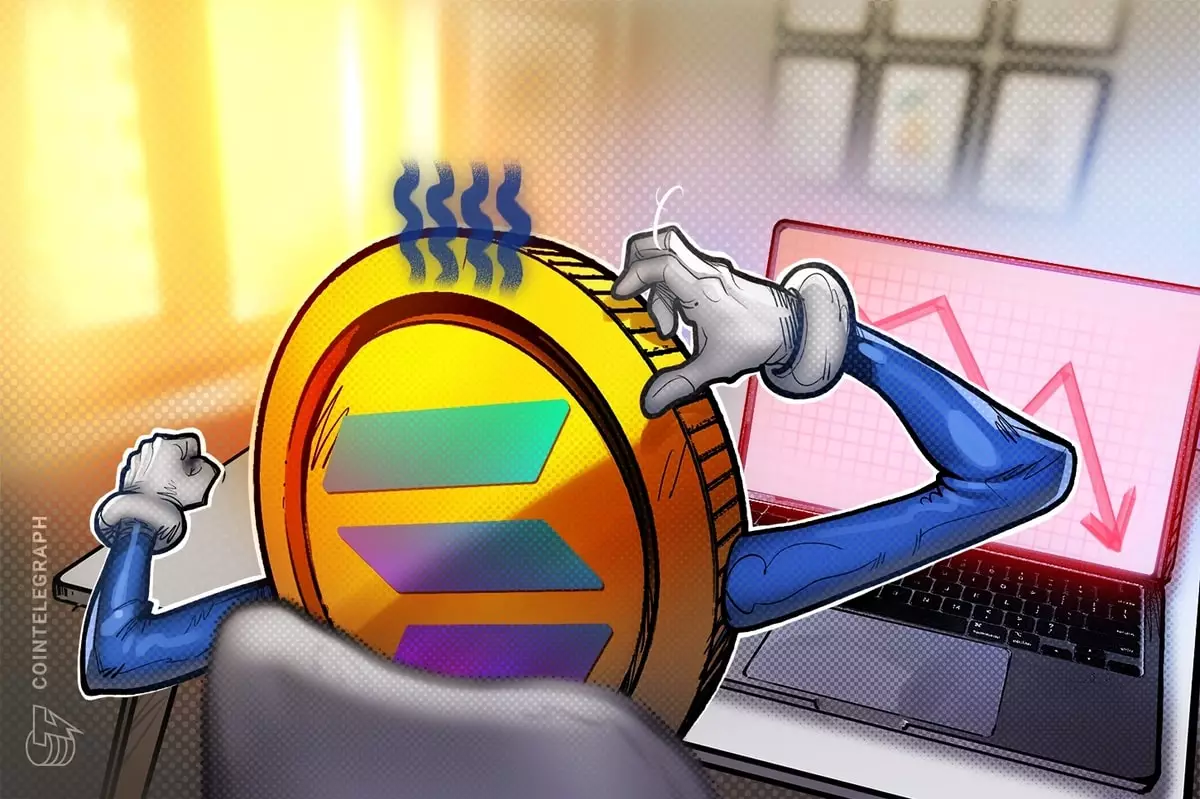Solana (SOL) recently experienced a significant increase in value, but questions arise regarding the sustainability of its market capitalization. This article aims to analyze the factors contributing to Solana’s price surge and investment viability.
Solana witnessed a notable 36.6% increase in value between October 30 and November 2. However, its failure to breach the $44.50 mark resulted in a 10% correction down to $40 on November 6. This movement has left many investors skeptical about Solana’s present $16.9 billion market capitalization.
Solana’s peak price coincided with the Solana Breakpoint 2023 global conference held in Amsterdam. During this conference, the Solana Foundation unveiled Firedancer, a new client aimed at enhancing speed and reducing hardware requirements for validators. This development addresses a longstanding criticism of Solana’s blockchain.
The Solana Foundation also announced the availability of its network dataset on Google Cloud BigQuery, enabling developers and companies to access archival data and analytical insights transparently and securely. This further strengthens Solana’s ecosystem and provides valuable resources for the development of decentralized applications (DApps).
While Solana has maintained a consistent level of activity, not all news has been positive. The decentralized liquid staking protocol, Lido Finance, announced its decision to cease operations on the network due to unsustainable financials and low fees. This raises concerns about the overall sustainability of the Solana ecosystem.
To assess Solana’s market competitiveness, it is essential to compare its on-chain data and ecosystem growth with its competitors. Solana’s primary DApp metric, total value locked (TVL), reached its lowest level in over two years on November 5. Furthermore, Solana experienced a significant decrease in DApp deposits in the past 30 days, in contrast to Ethereum and BNB Chain.
Despite Solana’s low fees and continued development, the number of active users remains relatively low compared to its competitors. Solana’s largest decentralized exchange, Raydium, recorded only 17,380 active addresses in the past 30 days. Similarly, Solana’s most widely used game, Star Atlas, had 12,420 unique addresses during the same period, raising concerns about user adoption.
Solana’s DApp volume also raises concerns. In the last 30 days, Solana’s DApps recorded a volume of $609 million, significantly lower than BNB Chain, Polygon, and Avalanche. This discrepancy suggests that Solana’s ecosystem may not attract as much user activity and investment as its competitors.
Criticism has arisen regarding the KYC and AML requirements for becoming a network validator in the Solana ecosystem. Additionally, a significant portion of validators receive delegations from the Solana Foundation or Alameda, raising concerns about centralization. Dissatisfaction among SOL token holders regarding development subsidies and the relatively small DApps user base further adds to these concerns.
Solana’s recent price surge and market capitalization raise concerns due to its weak on-chain data, low number of active users, underwhelming DApp volume, and questions about decentralization. Investors should carefully assess the viability and sustainability of Solana in the face of its competitors’ robust ecosystems.















Leave a Reply